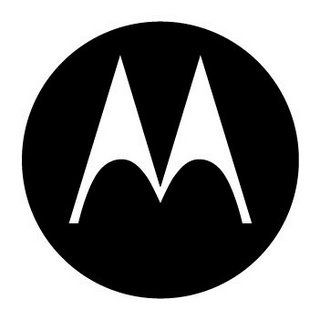Motorola has already let us know that it will be bringing ICS to most of its high-end devices, and now we have the details of what goes on behind the scenes to make an update like that happen. The blog post explaining the process gives a good look at the whole shebang, from start to finish.
Ready for a glimpse into Moto's world? Check it out:
1. Merge and adapt the new release for different device hardware architecture(s) and carrier customizations
This means that we take the source code and incorporate it into upgrades for devices on which this can perform well, along with making sure the carrier requirements are met. Silicon partners such as Qualcomm, TI, and nVidia adapt this to their chipsets in parallel and we incorporate these as they become available. This is also the time when we begin integrating all of the Motorola-specific software enhancements into the source code. Features like MotoCast, Smart Actions, and our comprehensive enterprise solutions are integral parts of our device experiences, and we want to make sure we continue delivering differentiated experiences for our consumers with these software upgrades.
2. Stabilize and ‘bake’ the result to drive out bugs
This means that we will prepare the upgrade to meet the quality and stability requirements to enter the wireless carrier’s certification lab.
3. Submit the upgrade to the carriers for certification
This is the point in the process where the carrier’s lab qualifies and tests the upgrade. Each carrier has different requirements for phases 2 and 3. There may be a two-month preparation cycle to enter a carrier lab cycle of one to three months.
3.5 Perform a Customer pre-release
We may perform some customer testing before a final release is delivered publicly to our user base.
4. Release the upgrade
We are planning on upgrading as many of our phones as possible. The ability to offer the upgrade depends on a number of factors including the hardware/device capabilities, the underlying chipset software support, the ICS support and then the ability to support the Motorola value add software.
While this helps us understand what happens before ICS will end up as an OTA on the user-end, it really tells us nothing as far as a release timeline is concerned. Honestly, an actual release is still so far out, to even try to estimate when it could be available is just silly.
Update: Looks like Sony Ericsson wanted a piece of the let's tell everyone what's going on pie, because they just released a very similar blog post, only prettier. It has colorful pictures and words o-plenty, so if you're down for a good lesson in this is how we do it, then head over to the SE blog and take a look.
Sony Ericsson, because pictures make everything better.

